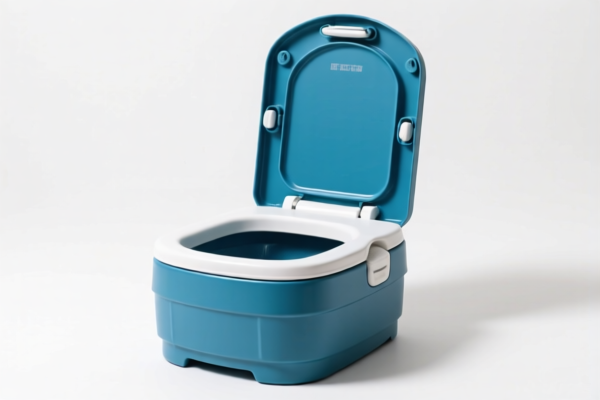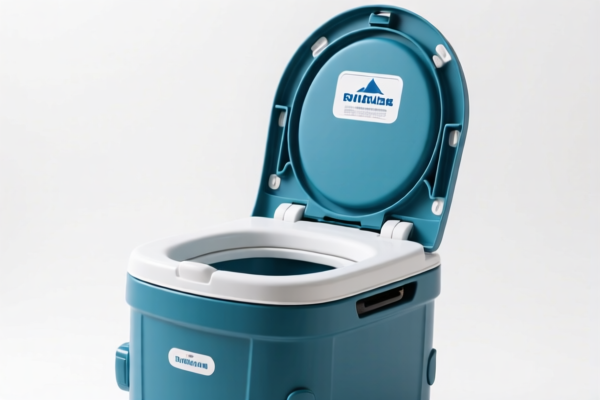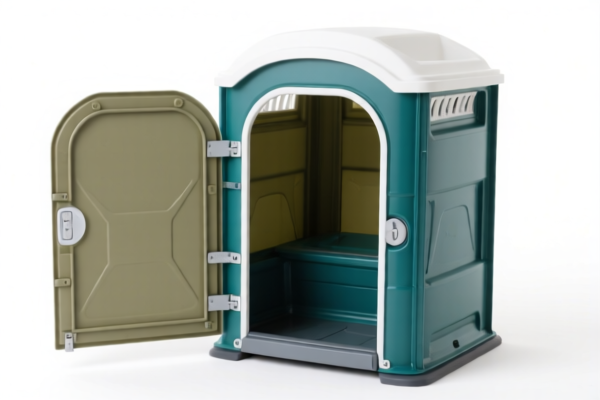| HS Code | Official Doc | Tariff Rate | Origin | Destination | Effective Date |
|---|---|---|---|---|---|
| 9619000500 | Doc | 42.5% | CN | US | 2025-05-12 |
| 9619007800 | Doc | 40.3% | CN | US | 2025-05-12 |
| 9603210000 | Doc | 37.5% | CN | US | 2025-05-12 |
| 8476890000 | Doc | 37.5% | CN | US | 2025-05-12 |
| 8476810000 | Doc | 55.0% | CN | US | 2025-05-12 |
| 6910100020 | Doc | 35.8% | CN | US | 2025-05-12 |
| 6910900000 | Doc | 43.2% | CN | US | 2025-05-12 |
| 6911900010 | Doc | 42.9% | CN | US | 2025-05-12 |
| 6911900050 | Doc | 42.9% | CN | US | 2025-05-12 |
| 3922900000 | Doc | 61.3% | CN | US | 2025-05-12 |
| 3922100000 | Doc | 43.8% | CN | US | 2025-05-12 |
| 3926901000 | Doc | 40.9% | CN | US | 2025-05-12 |
| 3926909989 | Doc | 42.8% | CN | US | 2025-05-12 |




Camping Toilets
Camping toilets are portable sanitation solutions designed for use in outdoor environments where traditional plumbing is unavailable. They provide a means of human waste disposal while minimizing environmental impact and maintaining hygiene.
Materials
Camping toilets are constructed from a variety of materials, impacting weight, durability, and cost:
- Plastic: High-density polyethylene (HDPE) is common for the toilet seat and waste holding tank due to its durability, ease of cleaning, and affordability.
- Metal: Stainless steel or aluminum may be used for frames or supporting structures in more robust models.
- Wood: Some simpler, more basic designs utilize wood for the frame, though these are less common due to weight and maintenance concerns.
- Chemicals: Many types require specific chemicals (formulations vary) for odor control, waste breakdown, and disinfection.
Purpose
The primary purpose of a camping toilet is to:
- Provide sanitation: Allow users to relieve themselves privately and hygienically in the outdoors.
- Minimize environmental impact: Prevent the spread of human waste, which can contaminate water sources and disrupt ecosystems.
- Convenience: Offer a comfortable and accessible waste disposal solution when traditional facilities are unavailable.
Function
Camping toilets function by:
- Collection: Receiving human waste into a holding tank or bag.
- Containment: Securely storing the waste to prevent leakage and odor.
- Decomposition/Treatment: Some models utilize chemicals to break down waste and reduce odor. Others require manual removal for disposal.
- Disposal: Allowing for the safe and responsible removal of waste, either through designated disposal sites or approved methods.
Usage Scenarios
Camping toilets are suitable for a wide range of outdoor activities:
- Camping: Backcountry camping, car camping, RV camping.
- Hiking & Backpacking: Remote locations where packing weight is a consideration.
- Boating & Marine Use: On boats or near waterways where facilities are limited.
- Outdoor Events: Festivals, construction sites, or temporary gatherings.
- Emergency Preparedness: Providing sanitation during natural disasters or other emergencies.
Common Types
- Portable Chemical Toilets: These toilets use chemicals to break down waste and control odor. They typically feature a holding tank and a flush mechanism. Require specific chemical solutions for operation.
- Folding Toilets: Lightweight and compact, folding toilets are ideal for backpacking and situations where space is limited. They often use bags or liners for waste collection.
- Bucket Toilets: A simple and affordable option consisting of a bucket with a seat and lid. Requires liners or absorbent materials for waste collection and manual disposal.
- Composting Toilets: These toilets use a natural decomposition process to break down waste. They require a carbon-rich material (e.g., sawdust) and proper ventilation. Less common for short-term camping.
- Cassette Toilets: Often found in RVs and campervans, these toilets have a removable waste holding tank (cassette) for easy emptying.
- Dry Flush Toilets: Use a sealed bag system and a mechanical process to contain and seal waste, minimizing odor and the need for chemicals.
Camping toilets fall under several potential classifications depending on their material and specific features. Here's a breakdown of relevant HS codes based on the provided information:
- 9619000500: Sanitary pads (towels) and tampons, diapers (napkins), diaper liners and similar articles, of any material: Of plastics. This code applies if the camping toilet incorporates plastic materials as a primary component, functioning as a waste containment system similar to diapers or sanitary pads. The total tax rate is 42.5%.
- 3926901000: Other articles of plastics and articles of other materials of headings 3901 to 3914: Other: Buckets and pails. If the camping toilet is constructed primarily of plastic and resembles a bucket or pail in form, this code may be applicable. The total tax rate is 40.9%.
- 3926909989: Other articles of plastics and articles of other materials of headings 3901 to 3914: Other: Other. This is a broader category for plastic articles not specifically classified elsewhere. If the camping toilet is made of plastic but doesn't fit the bucket/pail description, this code could apply. The total tax rate is 42.8%.
- 6911900010: Tableware, kitchenware, other household articles and toilet articles, of porcelain or china: Other Toilet articles. If the camping toilet is made of porcelain or china and is specifically designed as a toilet article, this code may be relevant. The total tax rate is 42.9%.
- 3922900000: Baths, shower baths, sinks, washbasins, bidets, lavatory pans, seats and covers, flushing cisterns and similar sanitary ware, of plastics: Other. If the camping toilet is constructed of plastic and functions as a portable lavatory pan, this code could be applicable. The total tax rate is 61.3%.
It's important to note that the final classification depends on the specific materials used and the toilet's construction. If the camping toilet incorporates both plastic and other materials, multiple HS codes may be considered.
Customer Reviews
No reviews yet.